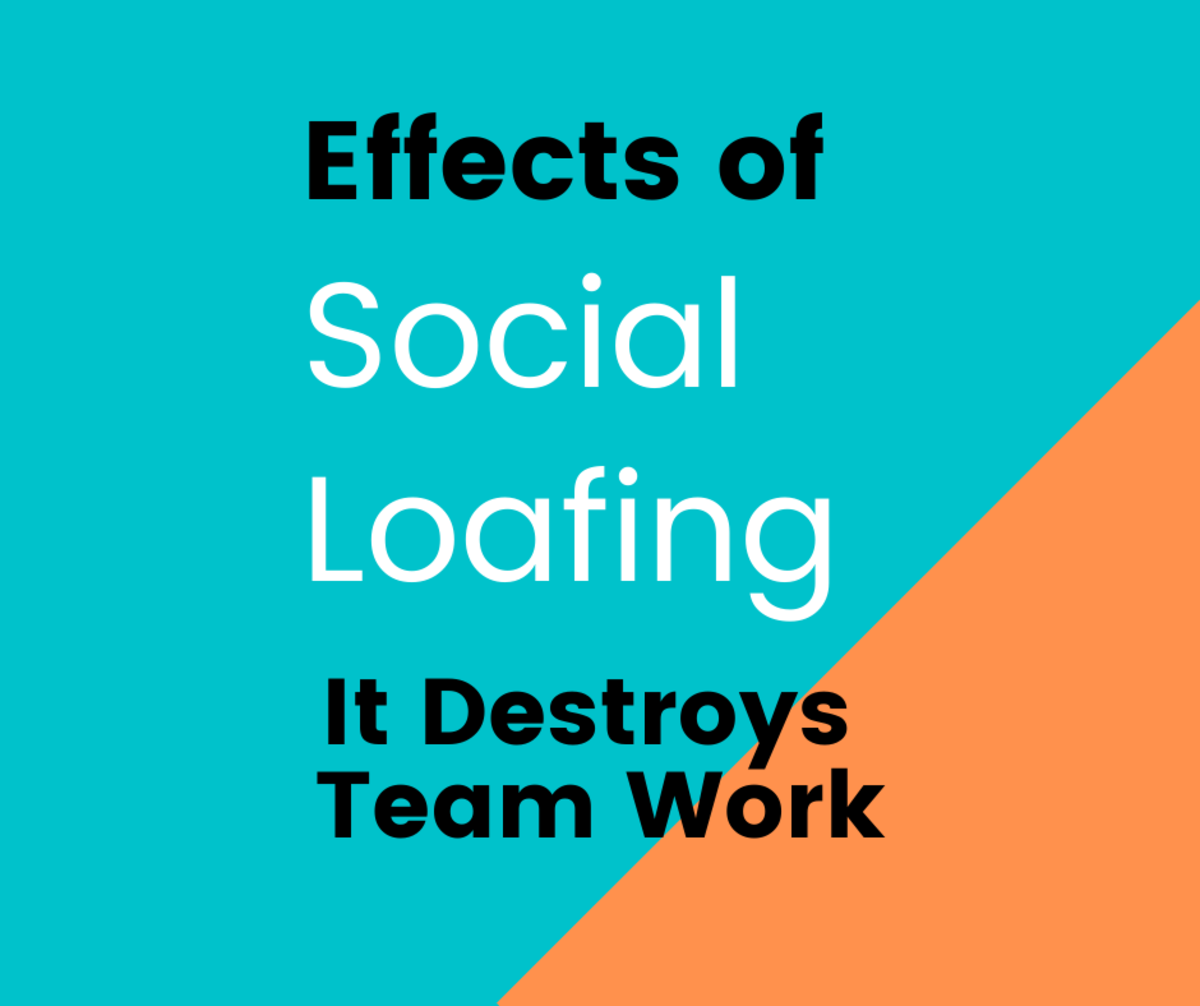Cost of Retaining Employees vs. Hiring New
The High Cost of Employee Turnover
If you own a business which depends on employees then hiring is an important part of the business operating process. But the job hiring process shouldn't just be about hiring new employees, you should also focus on retaining current employees as well.
A company with a high employee turnover rate is losing a considerable amount of money. So how much does it cost to hire a new employee in order to replace an existing employee?
It is hard to give a firm amount because this of course would depend on the type of job. Also along with direct cost, there are also many intangibles that are hard to put a specific dollar value on. But we will consider a few ways that a high employee turnover rate could be costly to a business.
Job Interview

The Hiring Process
The first area where businesses can save money by retaining current employees is the hiring and interviewing process. For some small businesses the hiring process may consists of primarily placing a free online ad and posting a help wanted sign on the door. For other types of companies the process could be both more involved and costly. These costs could include details such as employing a job recruitment agency or performing background checks on prospective employees.
If your business has managerial or human resource employees that look after the hiring process that could involve having to pay for additional hours of work. Otherwise if you are a small business owner looking after the process the main cost is your time. But that is time that could be spent in more profitable aspects of operating your business.
Depending on your business the direct cost could range to very little to thousands and thousands. In either instance you want to factor the time element as well.
Sample Breakdown of Potential Training Cost
Hourly Rate
| Number of Hours a Week
| Number of Weeks Worked
| Total Cost
|
|---|---|---|---|
11.00
| 40
| 4 (160 Hours)
| 1760
|
The Training Process
The training of new employees is one of the more obvious and direct cost that is involved. Of course the amount of time and cost that it takes to train a new employee will vary according to job.
But for the sake of argument let us assume that you are training a full time minimum wage employee. Also let us assume that it takes four weeks to fully train that individual to be able to take on a full workload (in many cases it can take months). This means while you are training that employee you generally are paying for an additional employee(s). In the province of Ontario, Canada (where I am located) minimum wage happens to be $11.00. Based on those totals it would cost $1760 to train each new full time employee. Each time you hire a new employee these costs will quickly multiply.
Of course this is just a sample of the cost that may be involved. Depending on the employee's wages and the amount of time involved the cost will vary. In many cases these costs could even be considerably higher.
Also there is other additional cost in connection with employee training as well. An employee which is in the process of being trained is going to potentially make more mistakes and isn't going to be as productive. This could potentially affect customer service. The cost of potentially losing customers also needs to be taken into consideration.
Example of Poor Employee Training
Customer Poll Concerning Employee Training
Have you ever had a frustrating customer service experience due to an employee's lack of training?
Employee Morale
When it comes to hiring new employees versus retaining current employees, this is one of those intangible cost. A high turnover rate can make it a challenge for a business when it comes to trying to build a team. The constant influx of new employees can also be frustrating to existing employees, because quite often current employees are expected to pick up the slack for newer employees.
Low employee morale can affect job productivity. This lack of job productivity can also potentially lead to loss of customers.
Also if employee morale is low because of the low employee retention rate, this can contribute to your long time current employees quitting. A high employee turnover rate can be a part of a costly cycle.
Frustrated Employee

Retaining Employees Make Sense
When we consider the hiring and training cost, and the effect that a high employee turnover rate has on employee morale, we can clearly see that employee retention efforts makes good business sense.
© 2014 Chris Baker



